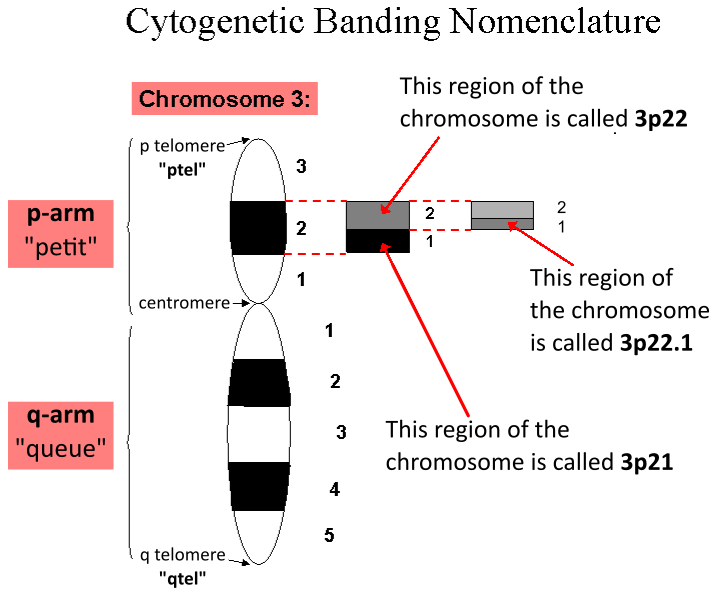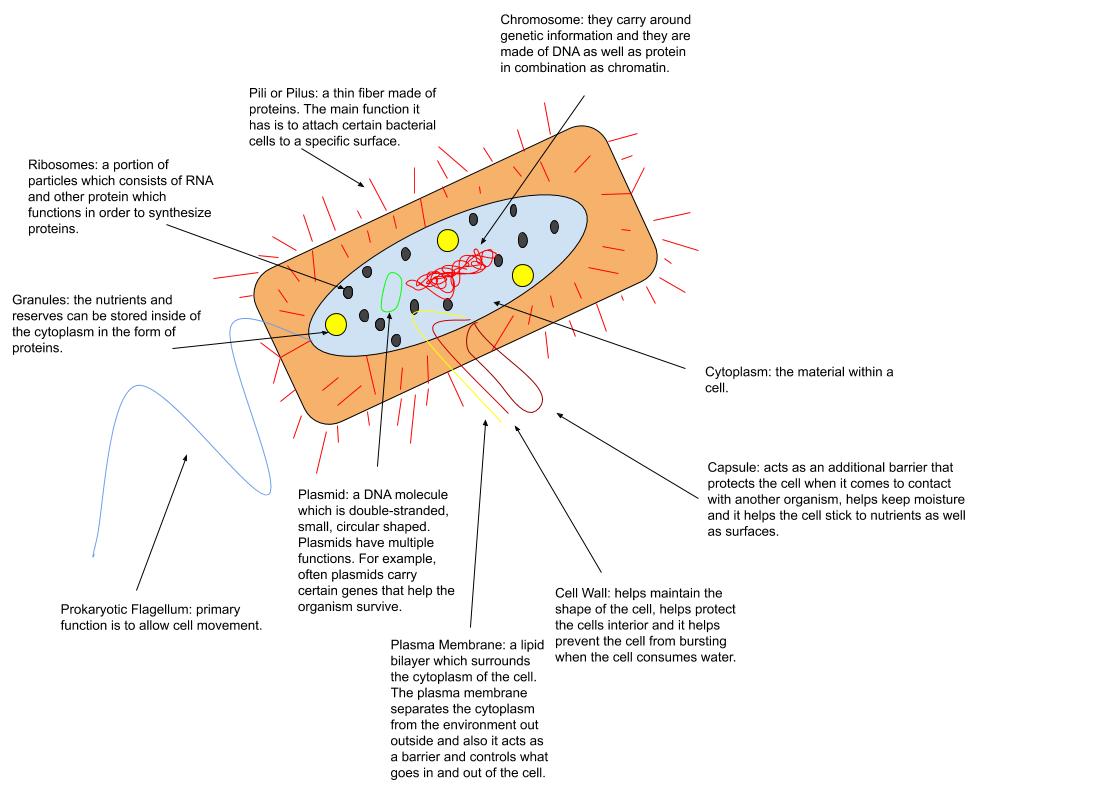|
Interlocus Contest Evolution
Interlocus contest evolution (ICE) is a process of intergenomic conflict by which different loci within a single genome antagonistically coevolve. ICE supposes that the Red Queen process, which is characterized by a never-ending antagonistic evolutionary arms race, does not only apply to species but also to genes within the genome of a species.Rice & Holland, 1997.The enemies within: intergenomic conflict, interlocus contest evolution (ICE), and the intraspecific Red Queen" Behavioral Ecology and Sociobiology 41(1): 1-10. Because sexual recombination allows different gene loci to evolve semi-autonomously, genes have the potential to coevolve antagonistically. ICE occurs when "an allelic substitution at one locus selects for a new allele at the interacting locus, and vice versa." As a result, ICE can lead to a chain reaction of perpetual gene substitution at antagonistically interacting loci, and no stable equilibrium can be achieved. The rate of evolution thus increases at that locu ... [...More Info...] [...Related Items...] OR: [Wikipedia] [Google] [Baidu] |
Locus (genetics)
In genetics, a locus (plural loci) is a specific, fixed position on a chromosome where a particular gene or genetic marker is located. Each chromosome carries many genes, with each gene occupying a different position or locus; in humans, the total number of protein-coding genes in a complete haploid set of 23 chromosomes is estimated at 19,000–20,000. Genes may possess multiple variants known as alleles, and an allele may also be said to reside at a particular locus. Diploid and polyploid cells whose chromosomes have the same allele at a given locus are called homozygous with respect to that locus, while those that have different alleles at a given locus are called heterozygous. The ordered list of loci known for a particular genome is called a gene map. Gene mapping is the process of determining the specific locus or loci responsible for producing a particular phenotype or biological trait. Association mapping, also known as "linkage disequilibrium mapping", is a method ... [...More Info...] [...Related Items...] OR: [Wikipedia] [Google] [Baidu] |
X Chromosome
The X chromosome is one of the two sex-determining chromosomes ( allosomes) in many organisms, including mammals (the other is the Y chromosome), and is found in both males and females. It is a part of the XY sex-determination system and XO sex-determination system. The X chromosome was named for its unique properties by early researchers, which resulted in the naming of its counterpart Y chromosome, for the next letter in the alphabet, following its subsequent discovery. Discovery It was first noted that the X chromosome was special in 1890 by Hermann Henking in Leipzig. Henking was studying the testicles of ''Pyrrhocoris'' and noticed that one chromosome did not take part in meiosis. Chromosomes are so named because of their ability to take up staining (''chroma'' in Greek means ''color''). Although the X chromosome could be stained just as well as the others, Henking was unsure whether it was a different class of object and consequently named it ''X element'', which later ... [...More Info...] [...Related Items...] OR: [Wikipedia] [Google] [Baidu] |
Elephant Seal
Elephant seals are very large, oceangoing earless seals in the genus ''Mirounga''. Both species, the northern elephant seal (''M. angustirostris'') and the southern elephant seal (''M. leonina''), were hunted to the brink of extinction for oil by the end of the 19th century, but their numbers have since recovered. They are the largest extant carnivorans, weighing up to . The northern elephant seal, somewhat smaller than its southern relative, ranges over the Pacific coast of the U.S., Canada and Mexico. The most northerly breeding location on the Pacific Coast is at Race Rocks, at the southern tip of Vancouver Island in the Strait of Juan de Fuca. The southern elephant seal is found in the Southern Hemisphere on islands such as South Georgia and Macquarie Island, and on the coasts of New Zealand, South Africa, and Argentina in the Peninsula Valdés. In southern Chile, there is a small colony of 120 animals at Jackson Bay (''Bahía Jackson'') in Admiralty Sound (''Seno Almira ... [...More Info...] [...Related Items...] OR: [Wikipedia] [Google] [Baidu] |
Deimatic Behavior
Deimatic behaviour or startle display means any pattern of bluffing ethology, behaviour in an animal that lacks strong defences, such as suddenly displaying conspicuous eyespot (mimicry), eyespots, to scare off or momentarily distract a predator, thus giving the prey animal an opportunity to escape. The term deimatic or dymantic originates from the Greek δειματόω (deimatóo), meaning "to frighten". Deimatic display occurs in widely separated groups of animals, including moths, Butterfly, butterflies, Mantodea, mantises and Phasmatodea, phasmids among the insects. In the cephalopods, different species of octopuses, squids, cuttlefish and the Argonaut (animal), paper nautilus are deimatic. Displays are classified as deimatic or Aposematism, aposematic by the responses of the animals that see them. Where predators are initially startled but learn to eat the displaying prey, the display is classed as deimatic, and the prey is bluffing; where they continue to avoid the prey a ... [...More Info...] [...Related Items...] OR: [Wikipedia] [Google] [Baidu] |
Phenotype
In genetics, the phenotype () is the set of observable characteristics or traits of an organism. The term covers the organism's morphology or physical form and structure, its developmental processes, its biochemical and physiological properties, its behavior, and the products of behavior. An organism's phenotype results from two basic factors: the expression of an organism's genetic code, or its genotype, and the influence of environmental factors. Both factors may interact, further affecting phenotype. When two or more clearly different phenotypes exist in the same population of a species, the species is called polymorphic. A well-documented example of polymorphism is Labrador Retriever coloring; while the coat color depends on many genes, it is clearly seen in the environment as yellow, black, and brown. Richard Dawkins in 1978 and then again in his 1982 book '' The Extended Phenotype'' suggested that one can regard bird nests and other built structures such as ... [...More Info...] [...Related Items...] OR: [Wikipedia] [Google] [Baidu] |
Competition
Competition is a rivalry where two or more parties strive for a common goal which cannot be shared: where one's gain is the other's loss (an example of which is a zero-sum game). Competition can arise between entities such as organisms, individuals, economic and social groups, etc. The rivalry can be over attainment of any exclusive goal, including recognition: Competition occurs in nature, between living organisms which co-exist in the same environment. Animals compete over water supplies, food, mates, and other biological resources. Humans usually compete for food and mates, though when these needs are met deep rivalries often arise over the pursuit of wealth, power, prestige, and fame when in a static, repetitive, or unchanging environment. Competition is a major tenet of market economies and business, often associated with business competition as companies are in competition with at least one other firm over the same group of customers. Competition inside a compan ... [...More Info...] [...Related Items...] OR: [Wikipedia] [Google] [Baidu] |
Interference Competition
Competition is an interaction between organisms or species in which both require a resource that is in limited supply (such as food, water, or territory). Competition lowers the fitness of both organisms involved since the presence of one of the organisms always reduces the amount of the resource available to the other. In the study of community ecology, competition within and between members of a species is an important biological interaction. Competition is one of many interacting biotic and abiotic factors that affect community structure, species diversity, and population dynamics (shifts in a population over time). There are three major mechanisms of competition: interference, exploitation, and apparent competition (in order from most direct to least direct). Interference and exploitation competition can be classed as "real" forms of competition, while apparent competition is not, as organisms do not share a resource, but instead share a predator. Competition among members ... [...More Info...] [...Related Items...] OR: [Wikipedia] [Google] [Baidu] |
Fitness (biology)
Fitness (often denoted w or ω in population genetics models) is the quantitative representation of individual reproductive success. It is also equal to the average contribution to the gene pool of the next generation, made by the same individuals of the specified genotype or phenotype. Fitness can be defined either with respect to a genotype or to a phenotype in a given environment or time. The fitness of a genotype is manifested through its phenotype, which is also affected by the developmental environment. The fitness of a given phenotype can also be different in different selective environments. With asexual reproduction, it is sufficient to assign fitnesses to genotypes. With sexual reproduction, recombination scrambles alleles into different genotypes every generation; in this case, fitness values can be assigned to alleles by averaging over possible genetic backgrounds. Natural selection tends to make alleles with higher fitness more common over time, resulting in Dar ... [...More Info...] [...Related Items...] OR: [Wikipedia] [Google] [Baidu] |
Testis Determining Factor
Sex-determining region Y protein (SRY), or Testis-determining factor (TDF), is a DNA-binding protein (also known as gene-regulatory protein/transcription factor) encoded by the ''SRY'' gene that is responsible for the initiation of male sex determination in therian mammals ( placental mammals and marsupials). SRY is an intronless sex-determining gene on the Y chromosome. Mutations in this gene lead to a range of disorders of sex development with varying effects on an individual's phenotype and genotype. TDF is a member of the SOX (SRY-like box) gene family of DNA-binding proteins. When complexed with the SF1 protein, TDF acts as a transcription factor that causes upregulation of other transcription factors, most importantly SOX9. Its expression causes the development of primary sex cords, which later develop into seminiferous tubules. These cords form in the central part of the yet-undifferentiated gonad, turning it into a testis. The now-induced Leydig cells of the test ... [...More Info...] [...Related Items...] OR: [Wikipedia] [Google] [Baidu] |
Y Chromosome
The Y chromosome is one of two sex chromosomes ( allosomes) in therian mammals, including humans, and many other animals. The other is the X chromosome. Y is normally the sex-determining chromosome in many species, since it is the presence or absence of Y that determines the male or female sex of offspring produced in sexual reproduction. In mammals, the Y chromosome contains the gene SRY, which triggers male development. The DNA in the human Y chromosome is composed of about 59 million base pairs, making it similar in size to chromosome 19. The Y chromosome is passed only from father to son. With a 30% difference between humans and chimpanzees, the Y chromosome is one of the fastest-evolving parts of the human genome. The human Y chromosome carries an estimated 100–200 genes, with between 45 and 73 of these being protein-coding. All single-copy Y-linked genes are hemizygous (present on only one chromosome) except in cases of aneuploidy such as XYY syndrome or XXYY syn ... [...More Info...] [...Related Items...] OR: [Wikipedia] [Google] [Baidu] |
Sexual Dimorphism
Sexual dimorphism is the condition where the sexes of the same animal and/or plant species exhibit different morphological characteristics, particularly characteristics not directly involved in reproduction. The condition occurs in most animals and some plants. Differences may include secondary sex characteristics, size, weight, colour, markings, or behavioural or cognitive traits. These differences may be subtle or exaggerated and may be subjected to sexual selection and natural selection. The opposite of dimorphism is ''monomorphism'', which is when both biological sexes are phenotypically indistinguishable from each other. Overview Ornamentation and coloration Common and easily identified types of dimorphism consist of ornamentation and coloration, though not always apparent. A difference in coloration of sexes within a given species is called sexual dichromatism, which is commonly seen in many species of birds and reptiles. Sexual selection leads to the exaggerat ... [...More Info...] [...Related Items...] OR: [Wikipedia] [Google] [Baidu] |
Genome
In the fields of molecular biology and genetics, a genome is all the genetic information of an organism. It consists of nucleotide sequences of DNA (or RNA in RNA viruses). The nuclear genome includes protein-coding genes and non-coding genes, other functional regions of the genome such as regulatory sequences (see non-coding DNA), and often a substantial fraction of 'junk' DNA with no evident function. Almost all eukaryotes have mitochondria and a small mitochondrial genome. Algae and plants also contain chloroplasts with a chloroplast genome. The study of the genome is called genomics. The genomes of many organisms have been sequenced and various regions have been annotated. The International Human Genome Project reported the sequence of the genome for ''Homo sapiens'' in 200The Human Genome Project although the initial "finished" sequence was missing 8% of the genome consisting mostly of repetitive sequences. With advancements in technology that could handle seq ... [...More Info...] [...Related Items...] OR: [Wikipedia] [Google] [Baidu] |




.jpeg/1200px-Bird_War_1_(67158617).jpeg)



